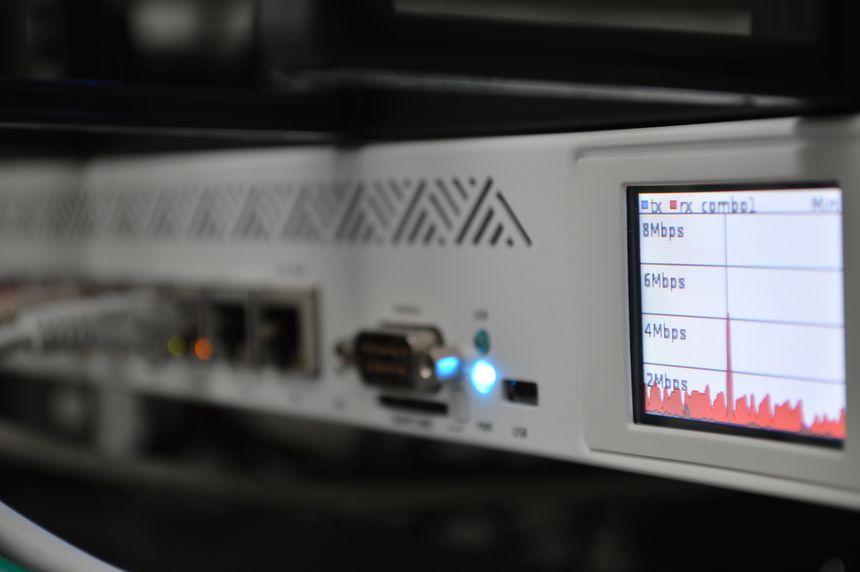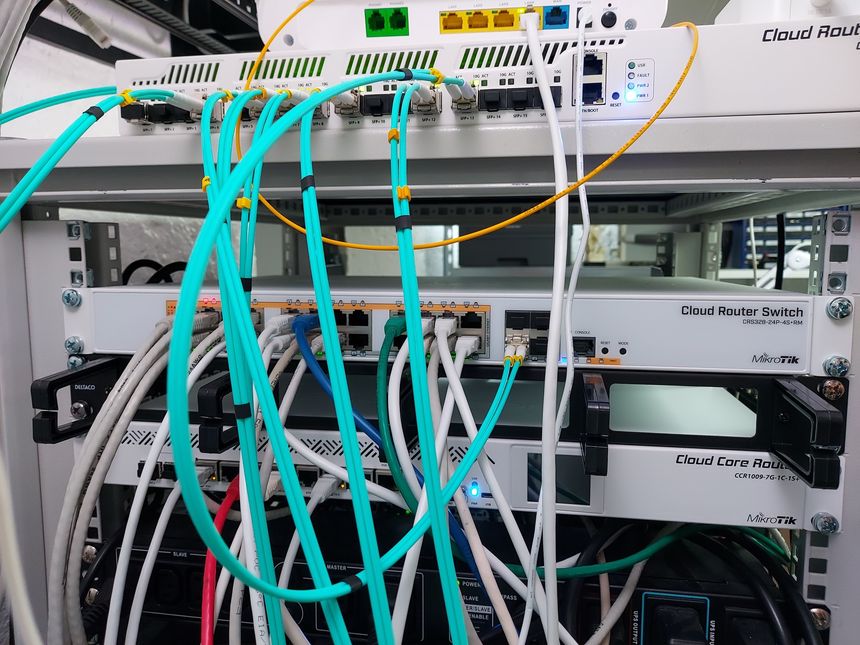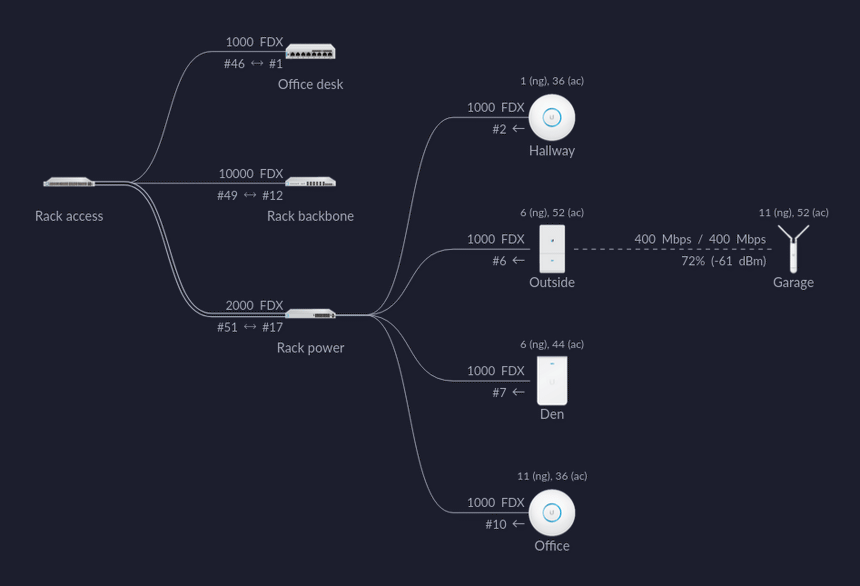When I began replacing my Unifi switches with MikroTik — I was very impressed with the MikroTik devices. So when I found a CCR1009-7G-1C-1S Core router, second hand, for a reasonable price — there was no reason not to buy it.
RouterOS seemed daunting at first; so I watched a lot of YouTube videos from The Network Berg, which increased my confidence 🙂




